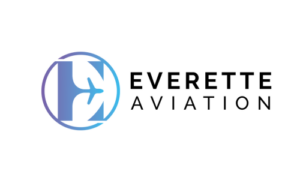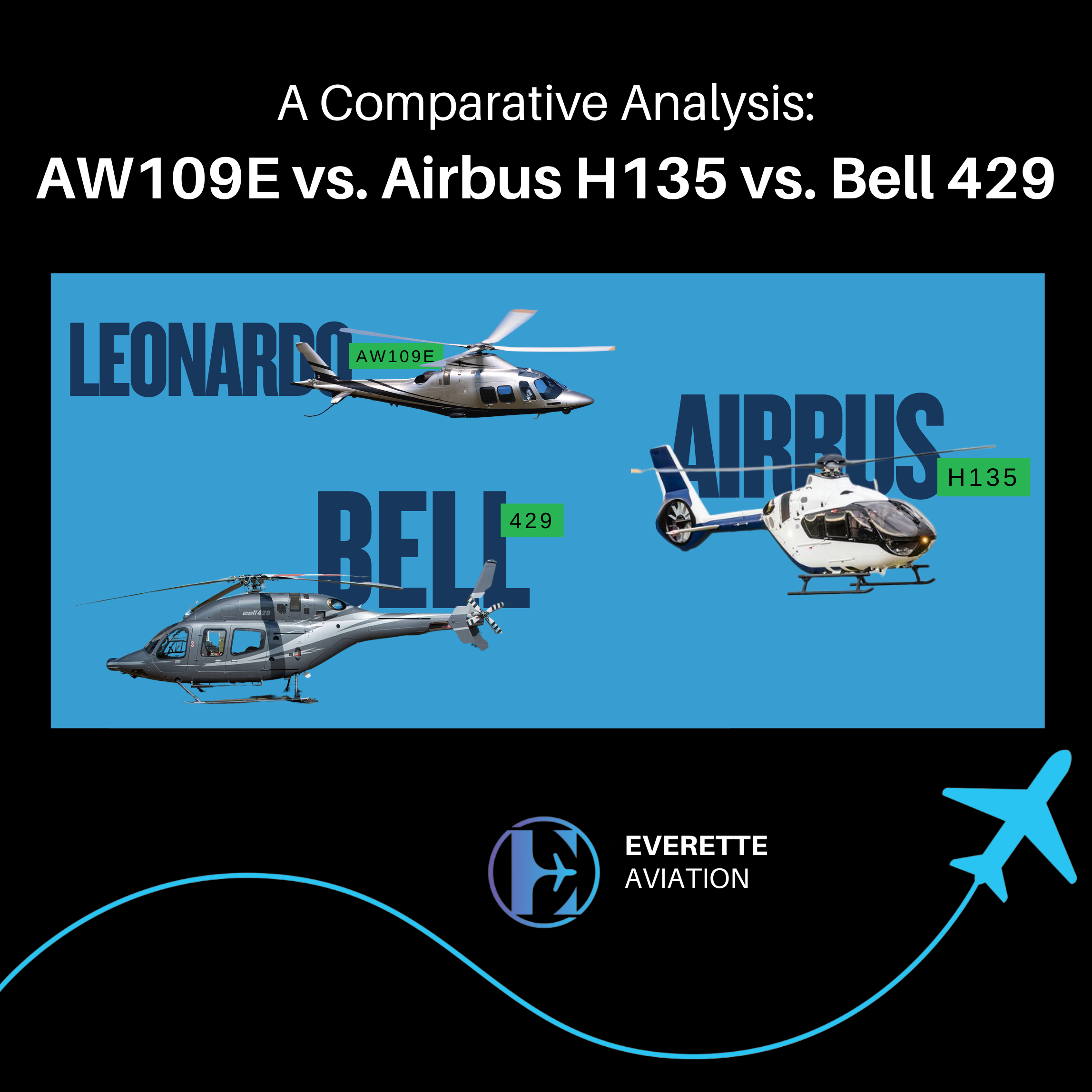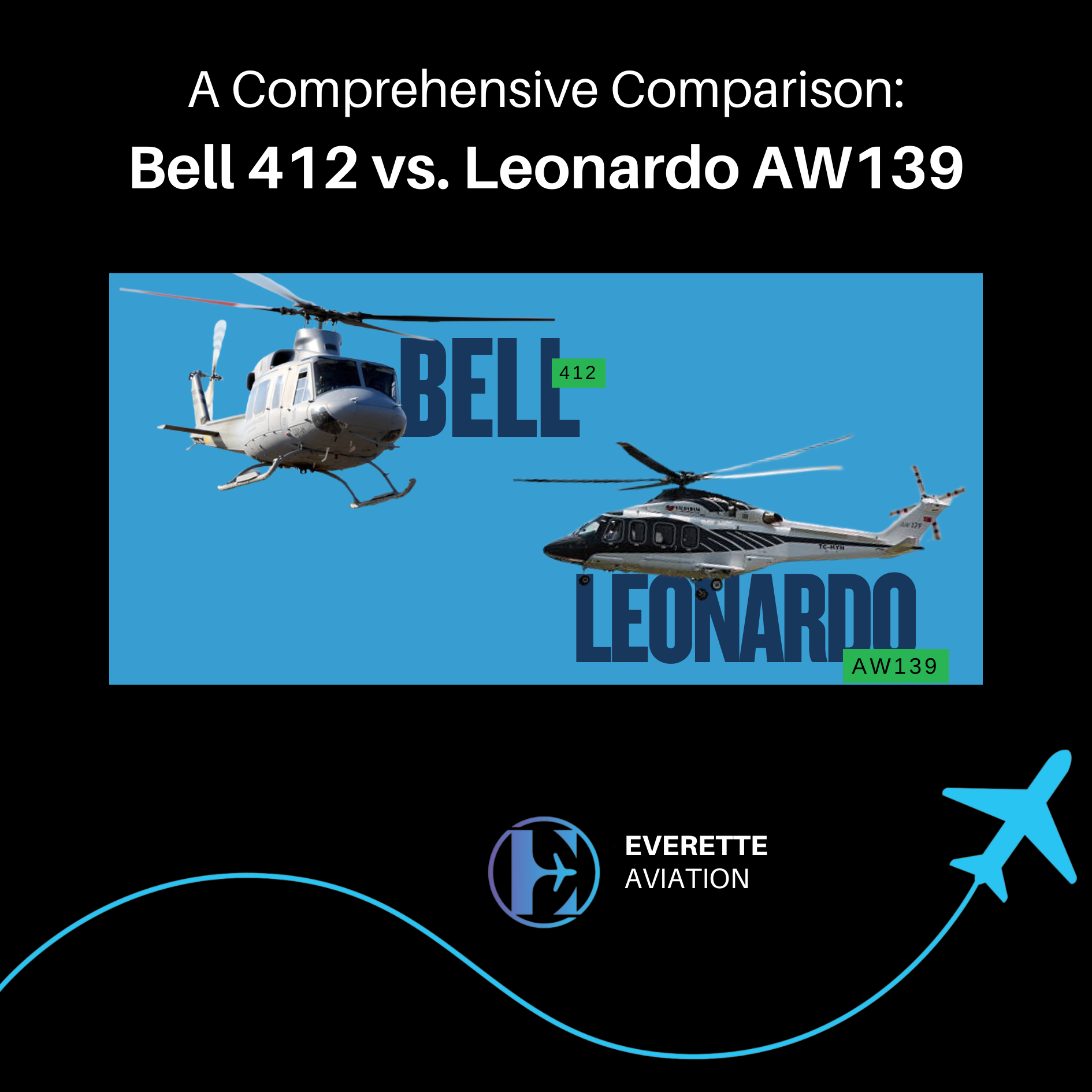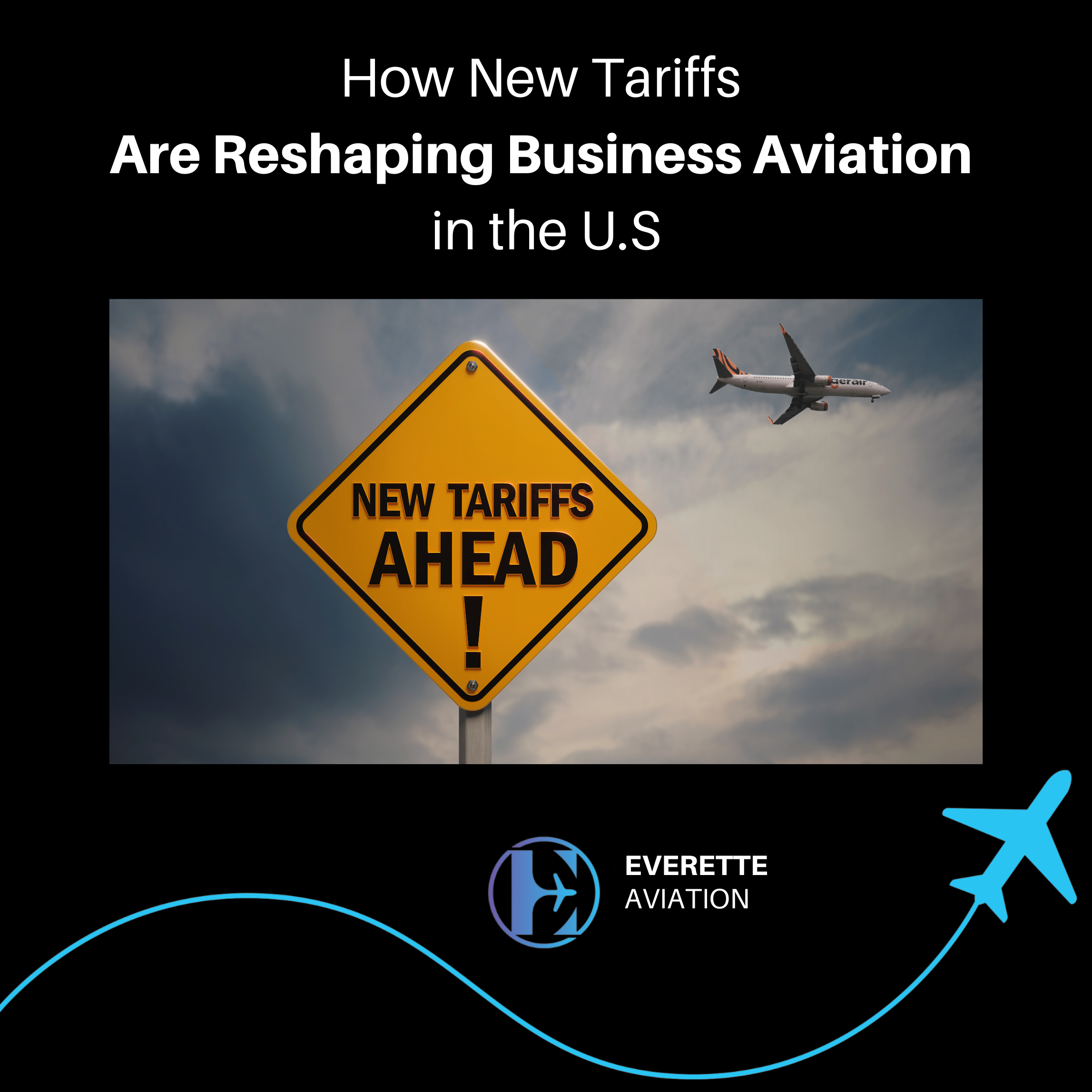In the competitive realm of light twin-engine helicopters, three models often find themselves in direct competition: the Leonardo AW109E, Airbus H135, and Bell 429. Each of these aircraft is a standout in its own right, offering advanced avionics, safety features, and versatile mission capabilities. Yet, when decision-makers must choose between them—whether for medical evacuation, law enforcement, VIP transport, or offshore operations—a detailed comparison is necessary.
This article delves into the performance, technology, mission flexibility, and value proposition of these three rotorcraft to help operators and enthusiasts understand what sets each apart.
Aircraft Overview
Leonardo AW109E Power
The AW109E Power is a highly successful evolution of the original Agusta A109, produced by Leonardo Helicopters (formerly AgustaWestland). It’s known for its speed, sleek design, and high-performance capabilities. It typically seats six passengers and is used for a variety of roles, including EMS, corporate transport, law enforcement, and light utility.
Airbus H135 (formerly EC135)
The Airbus H135 is one of the most popular light twin-engine helicopters worldwide. Renowned for its reliability and smooth ride, it’s widely used in EMS, police, and training missions. The H135’s distinctive Fenestron tail rotor and advanced avionics give it a modern edge in the light rotorcraft segment.
Bell 429
Bell’s 429 is a larger light twin helicopter that features a spacious cabin and state-of-the-art avionics. Certified for single-pilot IFR operations, the 429 is designed to offer flexibility, comfort, and performance in both civilian and paramilitary roles.
Performance Comparison
| Specification | AW109E Power | Airbus H135 | Bell 429 |
|---|---|---|---|
| Max Cruise Speed | ~154 knots (285 km/h) | ~137 knots (254 km/h) | ~150 knots (278 km/h) |
| Max Range | ~590 km (320 nm) | ~635 km (343 nm) | ~722 km (390 nm) |
| Service Ceiling | 19,600 ft (5,975 m) | 20,000 ft (6,096 m) | 20,000 ft (6,096 m) |
| Max Takeoff Weight | ~3,000 kg (6,614 lb) | ~2,980 kg (6,570 lb) | ~3,402 kg (7,500 lb) |
| Useful Load | ~1,300 kg (2,866 lb) | ~1,455 kg (3,208 lb) | ~1,500 kg (3,306 lb) |
While the AW109E wins on speed, the Bell 429 offers the longest range and highest useful load. The H135 strikes a balance with excellent fuel efficiency and range for its size.
Avionics and Technology
AW109E
The AW109E typically features the Honeywell Primus Epic or Garmin G1000H integrated avionics suite (depending on the variant), offering enhanced situational awareness and single-pilot IFR capabilities. It also includes auto-pilot, weather radar, and synthetic vision in later configurations.
H135
Airbus equips the H135 with the Helionix avionics suite, which provides a highly intuitive interface, 4-axis autopilot, and synthetic vision. Helionix has become a benchmark in modern cockpit design, minimizing pilot workload and enhancing mission capability, especially in poor weather or high-stress environments.
Bell 429
The Bell 429 is outfitted with the Bell BasiX-Pro avionics suite, using Astronautics Corporation “smart” displays. It features large MFDs (multi-function displays), synthetic vision, and full IFR capability. Its system is easy to learn and popular among operators for its clarity and robustness.
Winner: The Airbus H135 slightly edges out with Helionix’s advanced automation and ergonomics, especially appealing to EMS and police operators requiring high-precision operations.
Cabin and Ergonomics
AW109E
The AW109E’s cabin is stylish and compact, offering room for 6–7 passengers. While not the most spacious, it excels in VIP transport configurations with a luxurious interior. Its rear clamshell doors are useful in EMS and utility roles.
H135
The H135 has a modular cabin and excellent external access. Its low-profile design is optimized for EMS operations, with sliding side doors and rear loading. The flat floor and accessibility make it a favorite for medevac.
Bell 429
With the largest cabin in this class, the Bell 429 is a clear winner in terms of space and comfort. Its 204 cubic feet of usable volume (plus optional stretchers) makes it extremely flexible for medical transport, SAR, and utility roles. It has large clamshell rear doors and slide doors on both sides.
Winner: Bell 429, especially for operators who need room for stretchers, tactical teams, or VIP comfort.
Mission Versatility
All three helicopters support a wide range of mission profiles:
-
AW109E: Corporate/VIP, EMS, military training, border patrol.
-
H135: EMS, law enforcement, offshore transport, pilot training.
-
Bell 429: Law enforcement, utility, VIP, EMS, offshore, search & rescue.
While the H135 is especially prominent in police and EMS roles (with over 1,300 units in service globally), the AW109E is preferred by militaries and high-end VIP customers due to its speed and aesthetics. The Bell 429 often appeals to agencies needing cabin volume and IFR flexibility, particularly in rugged or remote areas.
Operating Costs and Support
AW109E
Operating costs are mid-range. Support is robust through Leonardo’s global network, though some users report that parts can be expensive. It requires slightly more maintenance hours per flight hour than the others.
H135
Known for its efficiency and reliability, the H135 offers the lowest DOC (Direct Operating Cost) in this group. Airbus has an extensive MRO (Maintenance, Repair, Overhaul) network and excellent customer support.
Bell 429
The 429 has higher acquisition and operating costs than the H135 but lower than the AW109 in some cases. Bell’s support network is extensive in North America and expanding globally.
Winner: H135, with its combination of low fuel consumption, reliability, and maintenance simplicity.
Safety Features
All three aircraft offer dual engines, IFR capability, crashworthy fuel systems, energy-absorbing landing gear, and state-of-the-art avionics to improve situational awareness and reduce pilot error.
The H135’s Fenestron tail rotor adds an additional layer of ground safety, reducing the risk of tail rotor strike. The Bell 429’s spacious cabin aids in safer patient loading and crew maneuverability, especially during critical moments.
Pricing and Value
| Model | Estimated Base Price (USD) |
|---|---|
| AW109E Power | $6.5–$7.5 million |
| Airbus H135 | $6.0–$7.0 million |
| Bell 429 | $7.5–$8.5 million |
Prices vary based on configuration and equipment packages. The H135 generally offers the best balance of performance and cost, while the Bell 429 provides unmatched cabin space for a higher investment. The AW109E sits in between, offering performance and prestige, but often at higher maintenance costs.
Final Verdict
Each of these helicopters is excellent in its own right, but they shine in different areas:
-
AW109E Power: Best for high-speed VIP transport and light military/police roles where performance and appearance matter.
-
Airbus H135: Best for EMS, training, and law enforcement with its proven safety record, low operating costs, and advanced avionics.
-
Bell 429: Ideal for missions requiring maximum cabin volume, IFR flexibility, and rugged mission capabilities—at a higher price point.
Recommendation Summary:
| Use Case | Best Option |
|---|---|
| EMS | Airbus H135 |
| VIP Transport | AW109E Power |
| Law Enforcement | Bell 429 or H135 |
| Offshore/Utility | Bell 429 |
| Pilot Training | Airbus H135 |
Ultimately, the right choice depends on mission priorities, budget, regional support infrastructure, and personal preference. Whether speed, space, or sophistication is your goal, one of these helicopters will likely meet—and exceed—your expectations.













